The number of hospitalized coronavirus patients is on the rise in Massachusetts
“Many are predicting a less tall, but much longer curve, spread out over a longer period of time."

Related Links
The number of hospitalized coronavirus patients is on the rise in Massachusetts, up 41 percent since a late August low, state data released Sunday shows.
The climb, which saw its sharpest increases over the past two weeks, comes as hospitals ready for what medical experts expect will be busy winter in combatting the contagious virus, The Boston Globe reports.
While the uptick in reported cases is far below the palpable surge earlier this year, the rises are particularly felt in hospitals within higher-risk communities. Last week, the Department of Public Health reported 23 cities and towns are now in the so-called “red zone.”
“The good news is we haven’t seen our numbers dramatically climb upward, but there’s the worry that we have ongoing community spread and that could be a harbinger of additional cases,” Dr. Adam Weston, an infectious disease physician at Lowell General Hospital, told the Globe. Lowell entered the “red zone” last week.
In August, the hospital generally saw only a handful of coronavirus patients each day, according to the newspaper. Now staffers have between 11 and 15 patients daily.
The spring surge prompted Lowell General and many facilities across the state to suspend other medical procedures in March and April, before the numbers dwindled back down over the summer.
Weston said the hospital and others in the Wellforce system — which includes MelroseWakefield Hospital and Tufts Medical Center in Boston — now anticipate they will see a steady, elevated number of patients for the coming months, according to the Globe.
“Many are predicting a less tall, but much longer curve, spread out over a longer period of time,” Weston said.
“The hope and plan is a co-existing of COVID care and regular hospital care,” he said. “But all plans are fine until they get on the battlefield.”
For two days last week, the number of hospitals in the state using surge capacity bumped up to six, up from two, on Sept. 28 — the highest for most of September, DPH data shows. The number dropped back to two hospitals as of Oct. 3, the latest date with available data.
As of Sept. 4, the three-day average of number of hospitalized COVID-19 patients in Massachusetts — a metric that takes into account both confirmed and suspected cases — hung at 323. On Oct. 3, there were 425 patients, down from a peak of 439 on Sept. 30.
The seven-day weighted average of the state’s positive test rate also rose at the end of September to 1.1 percent, up from 0.8 percent where it had been most of last month.
“We have serious concerns regarding daily individual positive test results that have doubled since the summer to approximately 3 percent and a sharp increase in daily new cases, which has on several occasions in recent weeks surpassed 500,” the Massachusetts Medical Society said in a recent statement, according to the Globe.
“As cool weather approaches, moving many activities indoors, every effort must be made to slow the spread of the virus and fend off a surge in cases that will bring with it the potential to overwhelm and deplete our state’s health care resources and imperil the ability to keep children in school,” the statement said.
There also appears to be a rise in Massachusetts’ rate of community transmission of the virus.
Rt.live, a website created by the founders of Instagram to track the speed of COVID-19 spread by state, listed Massachusetts as having the fifth-fastest growing rate in the country, behind New Mexico on Monday morning.
Elsewhere in New England, New Hampshire ranked third, Vermont ranked seventh, Rhode Island eighth, and Connecticut 12th.
Community transmission is a force behind a rising number of employees of UMass Memorial Medical Center in Worcester becoming ill, according to Dr. Richard Ellison, an infectious disease specialist there.
“At the end of June and through July, we went without a single employee testing positive, but that’s not the case now,” Ellison told the Globe. “Several times a week we have an employee identified” as positive.
According to the newspaper, the Massachusetts Hospital Association said health care providers used the summer’s slower rate of COVID-19 cases to build up their personal protective equipment reserves and get ready for “every scenario” that could lie ahead.
“We are confident that this tireless work will put hospitals in the best possible position to move swiftly when presented with a surge of COVID patients while still being able to safely maintain non-COVID services,” the association said.
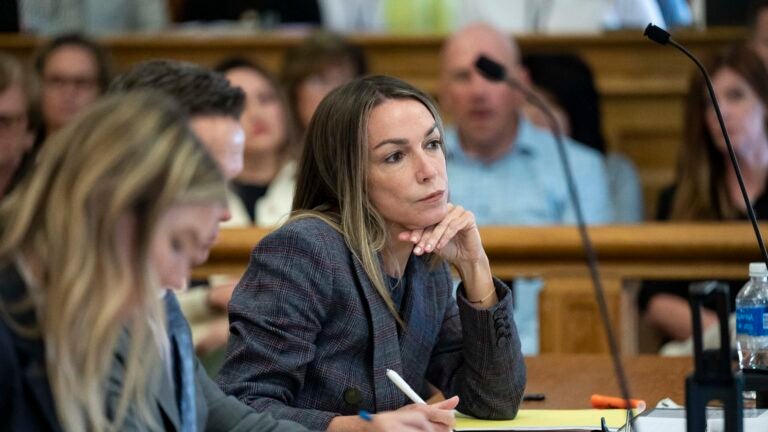
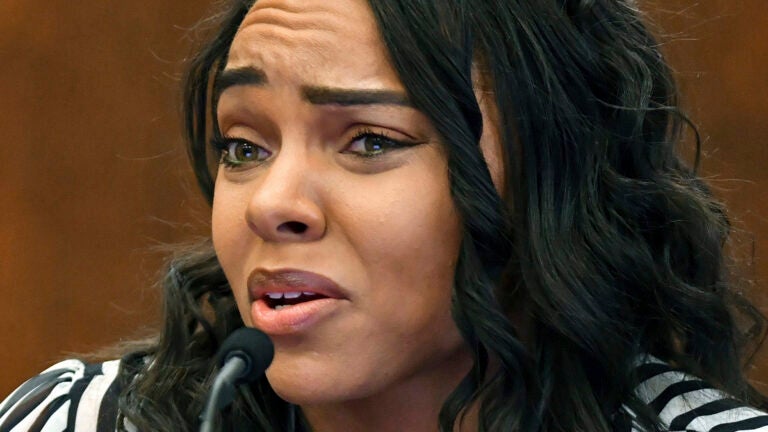

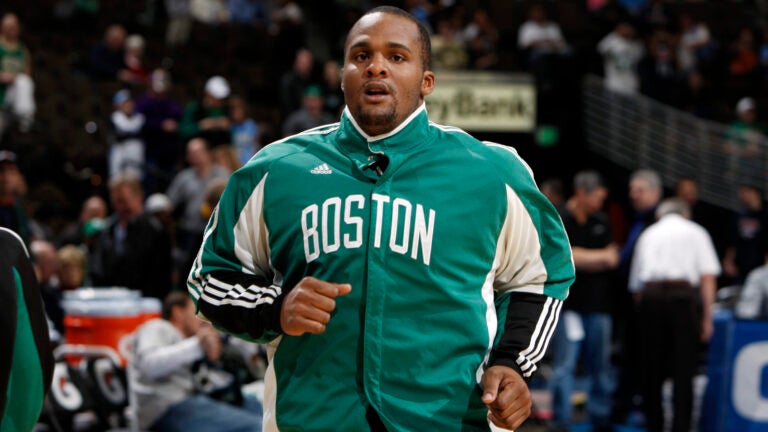
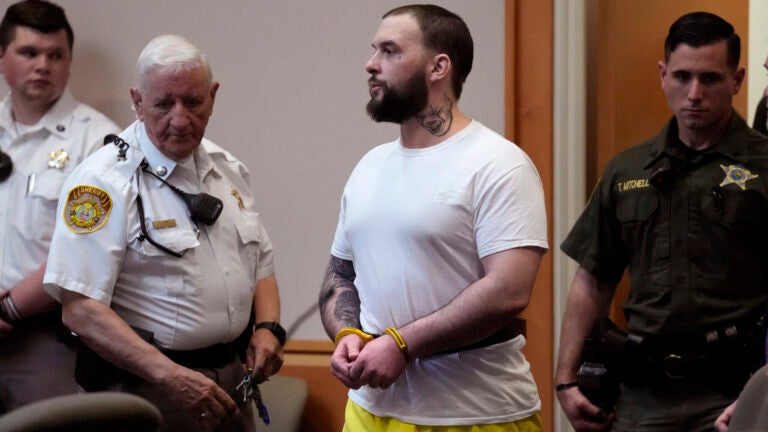
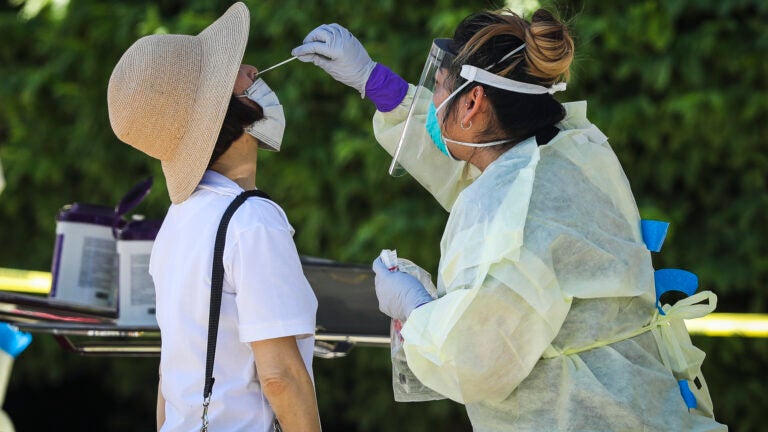
Conversation
This discussion has ended. Please join elsewhere on Boston.com